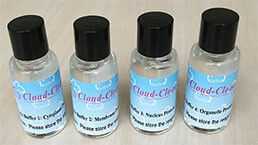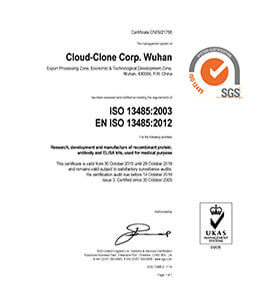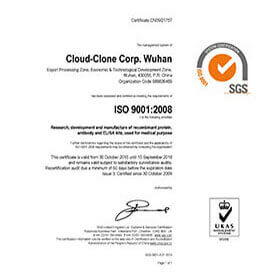Lysis Buffer Specific for ELISA / CLIA
Instruction manual
First Edition (Revised on April, 2016)
PRODUCT INFORMATION
The lysis buffers are suitable for lysis of cell membrane, cytoplasm and nucleus and other cellular components as noted on the data sheet. The use of lysis buffers can facilitate the release of proteins and other cellular components from the cellular structure, which can be useful for downstream applications such as further extractions, ELISA, and Western blot.
PRODUCT LIST
The product is one of the following:
In order to avoid protein degradation, it is recommended to add 1-2mM PMSF into the Lysis Buffer before usage.
| Name | Applications |
| Lysis Buffer 1 | Membrane proteins including surface proteins, receptors |
| Lysis Buffer 2 | Cytoplasmic proteins, structural proteins, etc. |
| Lysis Buffer 3 | Cytoplasmic proteins, nuclear matrix proteins, membrane proteins, etc. |
| Lysis Buffer 4 | Nuclear matrix proteins, endosome and other organelles protein |
REAGENT
| REAGENT | Quantity | Usage and Dosage |
| Lysis Buffer | 20ml(1×) | 10 7 cells/50mg tissues by 1 ml lysis buffer. |
EXPECTED APPLICATIONS
Lysis buffers are applicable for many types of experiments, such as SDS-PAGE, Western Blotting (WB), Immunoprecipitation (IP), Co-IP and ELISA.
STORAGE AND PERIOD OF VALIDITY
Store at 4°C for frequent use. Stored at -20°C for one year. Avoid repeated freeze-thaw cycles.
IMPORTANT NOTES
1.Contains sodium azide which may react with lead and copper plumbing to form explosive metallic azides. Flush with large volumes of water during disposal.
2.Please avoid freeze/thaw cycles, it’s suggested to aliquot when receiving.
3.The lysis process is suggested on the ice.
4.There might be salt precipitation in the lysis buffer after long-term storage at 4°C , but it will dissolve after it is placed at room temperature. So this phenomenon is normal, and it would not affect the result of the experiment.
5.Lysis buffer should be chosen according to the characteristics of samples and experimental purposes. The type of lysis buffer and optimal experimental condition should be determined by customers, and a pilot experiment is suggested.




